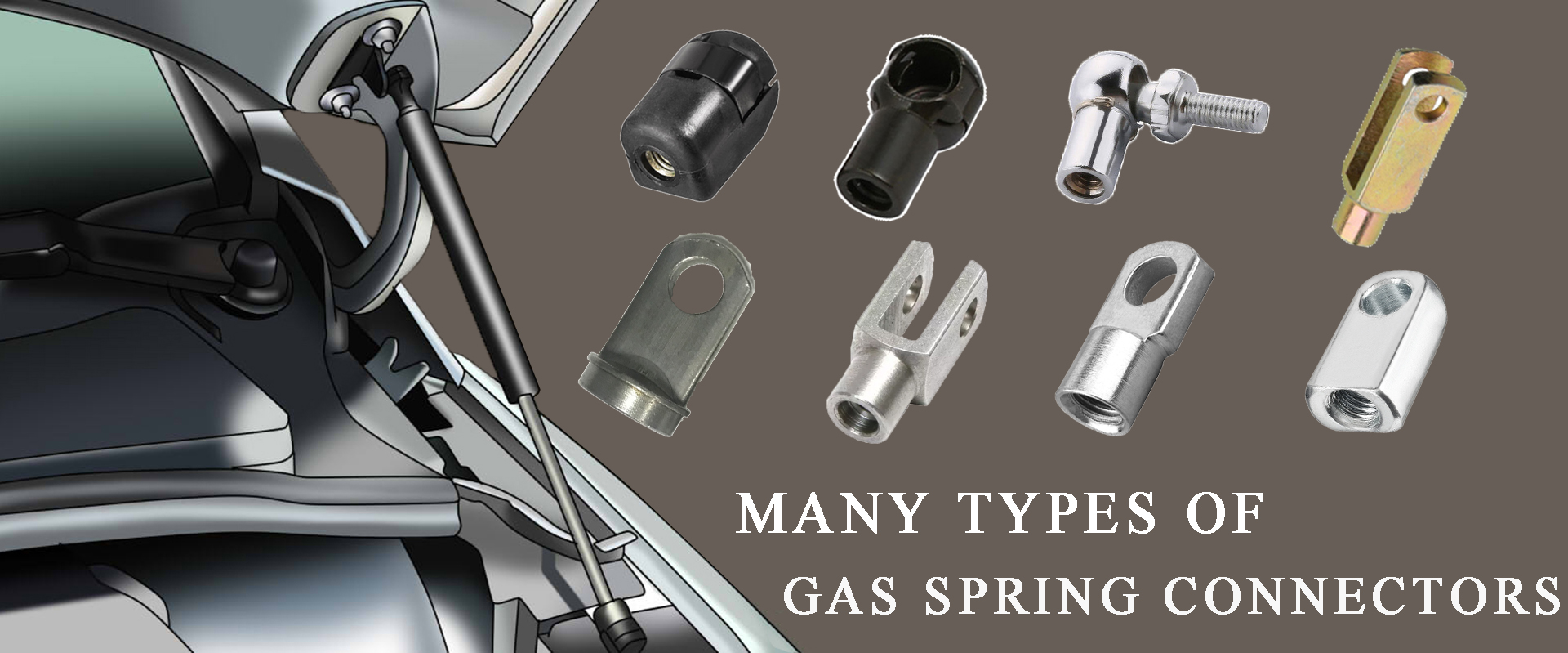Gas springs, also known as gas struts or gas shocks, are devices that use compressed gas to provide a controlled force in various applications, such as automotive, furniture, machinery, and aerospace. The influence of different joints on gas springs refers to how the design and characteristics of the joints connecting the gas spring to other components affect the overall performance and behavior of the system.
Here are some types of joints on gas spring:
1.Ball joint
Ball joints provide flexibility in the connection between the gas spring and the objects it's moving. They allow for angular movement and help accommodate misalignments.
The type and quality of ball joints used can influence the smoothness of motion and the lifespan of the gas spring. High-quality ball joints can provide better durability and reduced friction.
2.Rod End Fittings
The rod end fittings are crucial for connecting the gas spring to the application. The design of these fittings can impact the overall strength and stability of the connection.
Considerations such as material strength, corrosion resistance, and the ability to handle different loads and forces are essential when selecting or designing rod end fittings.
3.Hinges and Pivot Points
In applications where gas springs are used to control the movement of doors, lids, or other hinged components, the design of the hinges and pivot points plays a critical role.
Proper alignment and lubrication of hinges can affect the efficiency and longevity of the gas spring. Misalignment or excessive friction in these joints may lead to uneven force distribution and premature wear.
In summary, the influence of different joints on gas springs is multifaceted, involving considerations such as mounting orientation, types of joints used, material properties, and environmental factors. Proper design and selection of joints are crucial to achieving optimal performance, durability, and safety in gas spring applications.
Post time: Dec-11-2023

